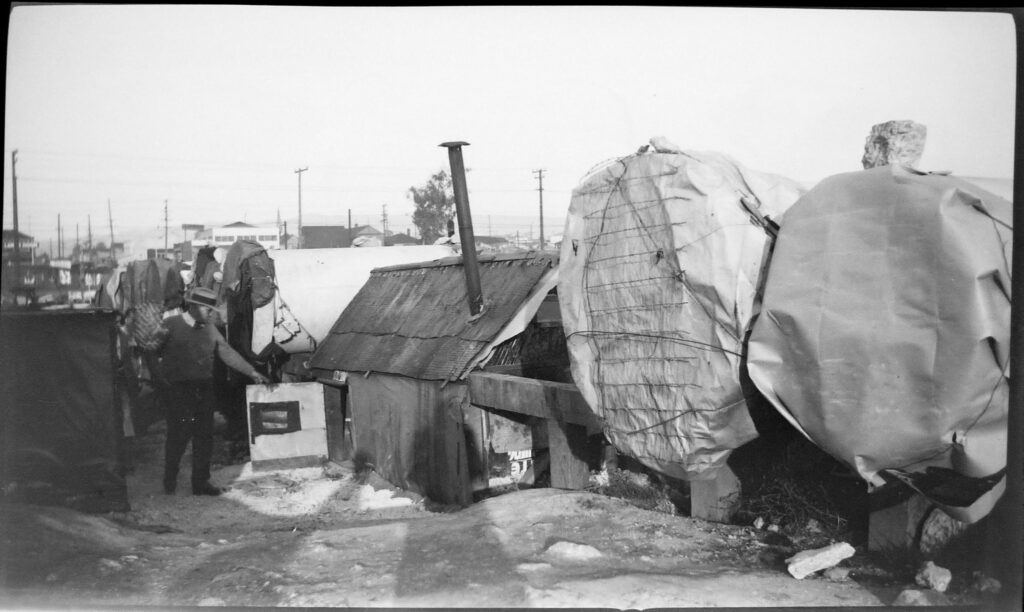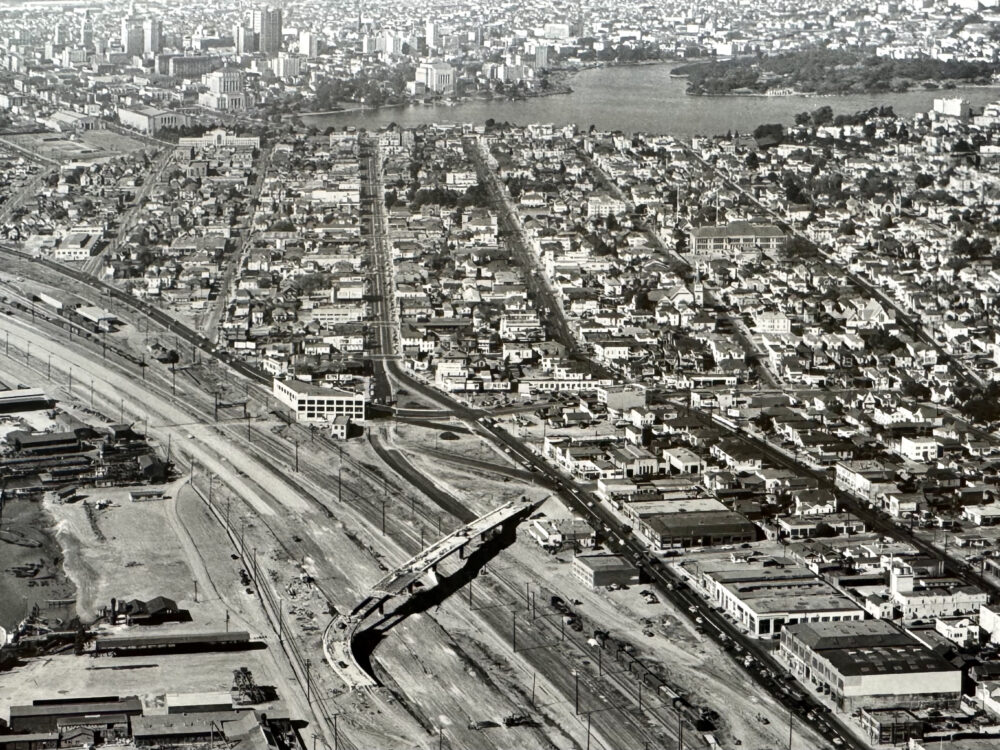There’s an area southeast of Lake Merritt that’s lined with abandoned buildings, boarded up storefronts, vacant lots, and decrepit warehouses. The neighborhoods here, Clinton and San Antonio, are some of Oakland’s oldest. Although there are also beautiful Victorian houses, long-established churches, and several thriving immigrant communities, including a stretch of Vietnamese establishments known as Little Saigon, this area has suffered from disinvestment and high crime rates for decades – why?
Answering that question requires a trip through more than a century of Oakland history – from the Gold Rush up through the Urban Renewal area and beyond. Exploring this story illuminates not only the problems of these neighborhoods, but helps explain the rise and fall of entire cities. “The leading edge of development follows the wealthiest residents,” according to Mitchell Schwarzer, the author of “Hella Town: Oakland’s History of Development and Disruption.”
In this episode, Schwarzer unpacks that diagnosis, and what it means for older neighborhoods left to crumble as investors chase new frontiers. This conversation was inspired by Schwarzer’s work with the San Antonio Station Alliance, a campaign advocating for the construction of a BART station and transit village. Listen now via Apple, SoundCloud, Spotify, or wherever you get podcasts. Don’t forget to follow the East Bay Yesterday Substack for updates on events, boat tours, exhibits, and other local history news. [Feature image, above: Clinton and San Antonio districts, 1948. Photo: Oakland History Center]




East Bay Yesterday can’t survive without your donations. Please make a pledge to keep this show alive www.patreon.com/eastbayyesterday. Don’t forget to follow East Bay Yesterday’s Substack newsletter to stay updated on upcoming tours, events, and other local history news.




